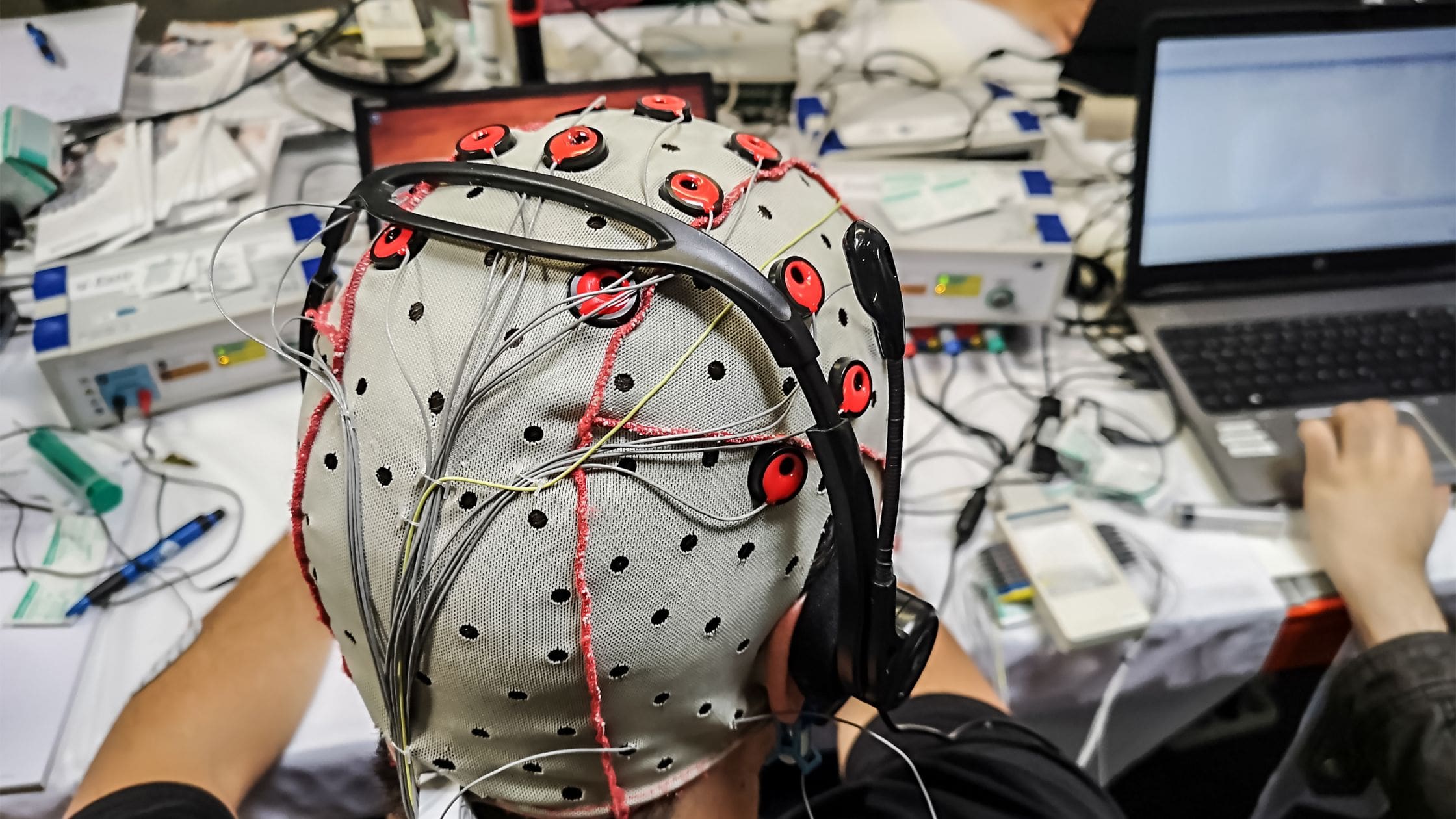As some schools have reopened during the COVID-19 pandemic and others remain solely online, teachers and administrators alike are searching for ways to redesign the educational experiences for students across the globe. Educators have turned to online learning management software, video conferencing, and other digital solutions to keep education in check.
However, the swiftness with which the pandemic transitioned in-class learning to remote teaching experiences exposed the barriers to digital learning adoption and tech-based education across the globe, including accessibility concerns, poor engagement and attendance and inadequate digital infrastructures, among others. Since education is a legacy sector, it often takes several years, if not generations, to bring about large-scale changes to the methods, practices and operations. Still, the sooner we work through these barriers to tech adoption, the better.
These three tech-based education solutions can offer hope for learning in the future:
Online Learning Increases Access
Amid the COVID-19 pandemic, the rise of remote learning technology brought the online learning industry into sharp focus as many schools adopted full online learning or a hybrid approach. Learning management systems (LMS) streamlined work and centralized features in one platform, helping teachers provide lessons, share reading materials and grade assignments. Companies like Nearpod help teachers create lesson plans and quizzes. At the same time, Top Hat is an instruction and class management platform where teachers can share interactive media, virtual classes, and target online lessons. The University of Iowa and Vanderbilt University have already implemented these tools, too.
Now, tech giants like Google are entering the sector; the company has taken over the majority of the market for education computers before the pandemic started and it only increased their position with their user base doubling in April 2020.
Several online learning apps and platforms provide education that supplement learning offered in schools and universities. Many after-school learning platforms, including BYJU’s and more platforms made their services free amid the COVID-19 pandemic to ensure continuous learning for students. These platforms and services can also allow students to get extra help or discover areas that pique their interest on their own time.
Learning in physical classrooms will resume after the pandemic is over, but the partnerships and technology integrations developing today could bring about long-term changes in education. Digitization may offer students a wider category of courses and more flexibility as they choose to participate in on-site learning, remote learning, or hybrid classes.
Virtual and Augmented Reality Improve Engagement
Virtual reality (VR) creates an immersive 3D experience that users can explore. Augmented reality (AR) superimposes digital elements, including text and visuals, onto a user’s environment. Both technologies can be used separately — or together — across education platforms.
VR enhances learning and engagement by allowing students to interact directly with their course material. Google Expeditions, for instance, allows students to take hundreds (over 900) VR tours, including natural wonders like the Great Barrier Reef. Over 100 AR tours are available on this platform, ranging from Shakespeare to plants to art.
The innovation also is beneficial for students with learning difficulties such as autism. Research showed that children with autism could effectively apply real-world skills they had learned in virtual environments. Floreo, an early-stage startup, helps students with autism develop their social and communication skills.
AR technology has similar applications in education. Case Western Reserve University teaches students about human anatomy using an app called HoloAnatomy, which allows them to see, learn, and explore the human body through 3D holograms.
Aug That! is another AR technology that teaches K-12 students about concepts like the solar system to increase engagement and retention. Students access lessons by scanning their worksheets or flashcards on a mobile app.
Gamification for Interactive Learning
Gamification in education focuses on improving learning and increasing students’ motivation and engagement. Game design elements like storytelling, problem-solving, badges, levels, and point systems help secure attention, especially in educational environments.
According to CB Insights, the global gamification market within the education subsector is expected to increase to $1.8 billion by 2023.
By creating lectures in game formats, educators encourage students to challenge themselves and try learning new subjects through goal-setting. This promotes higher student engagement and may help students retain knowledge more effectively. They may also reframe subjects they find burdensome or boring as engaging and fun.
Gamification also includes instant feedback with leaderboards and dashboards that can show how students rank among their peers. This fosters mindfulness and healthy competition among students while also motivating them to complete assignments.
A teacher from the Houston Independent School district showed that gamification helped his students perform better in reading and science. The tool also reduced the time it took for students to accomplish their goals to only ten months, rather than the typical 14-18 months.
In Microsoft’s Ribbon Hero game, students learn to use Microsoft Office through an awards system. After completing tasks like text manipulation challenges and creating presentations, they win points. Participants then share their progress and can invite friends to compete.
Duolingo is another app that features task-based games to help users learn new languages. Learners move up in levels based on their skill levels. If tasks are completed within the time limit, users earn points as well as a time bonus.
The Future of Digital Education
Tech innovation is still new for the education sector and it still lags behind other industries. But events like COVID-19 place a strong focus on gaps and inefficiencies across operations.
In the future, Edtech and industry digitization could greatly benefit the learning process. Beyond implementing a more seamless transition to remote learning scenarios, these tools can also help personalize learning solutions and provide engaging avenues for students to participate more actively in school.
As we look to a post-COVID world, we will likely see increased acceptance and adoption of these technologies in learning, especially in hybrid environments that combine in-person learning with digital techniques like gamification and virtual reality. With these supportive tools, we can look to an inspiring new future for anyone who wants to learn.





